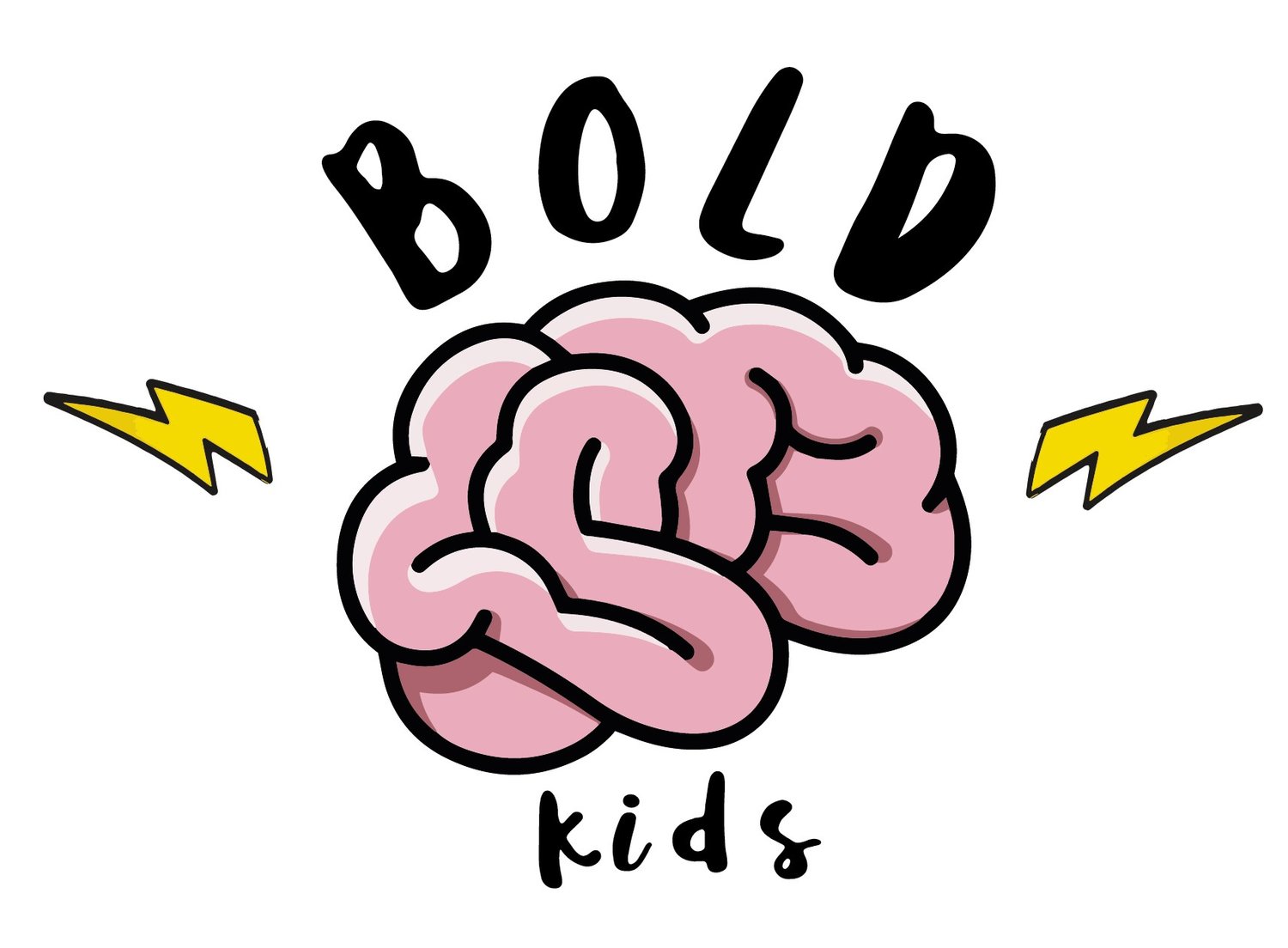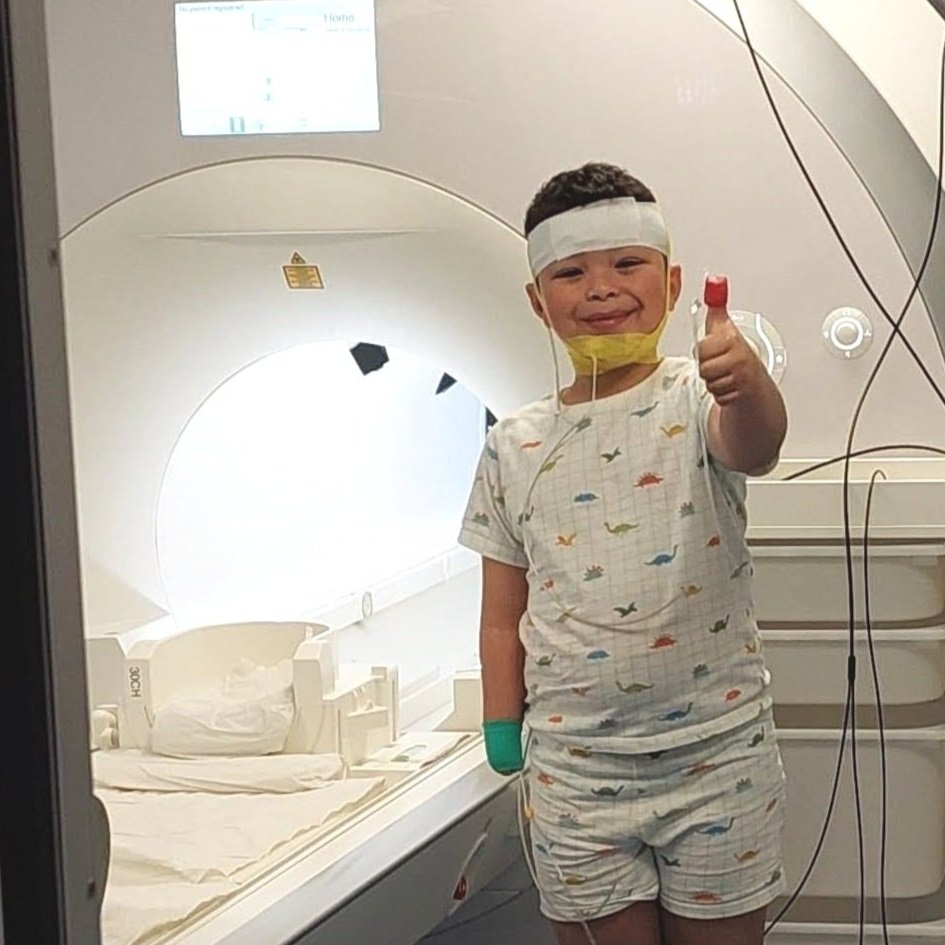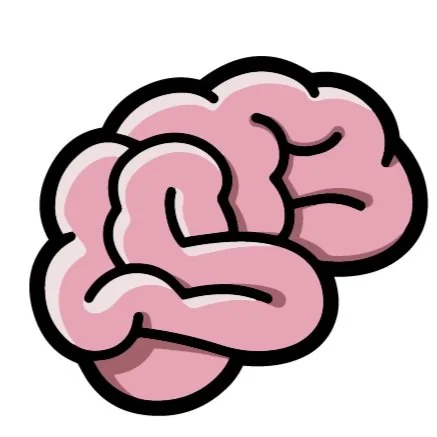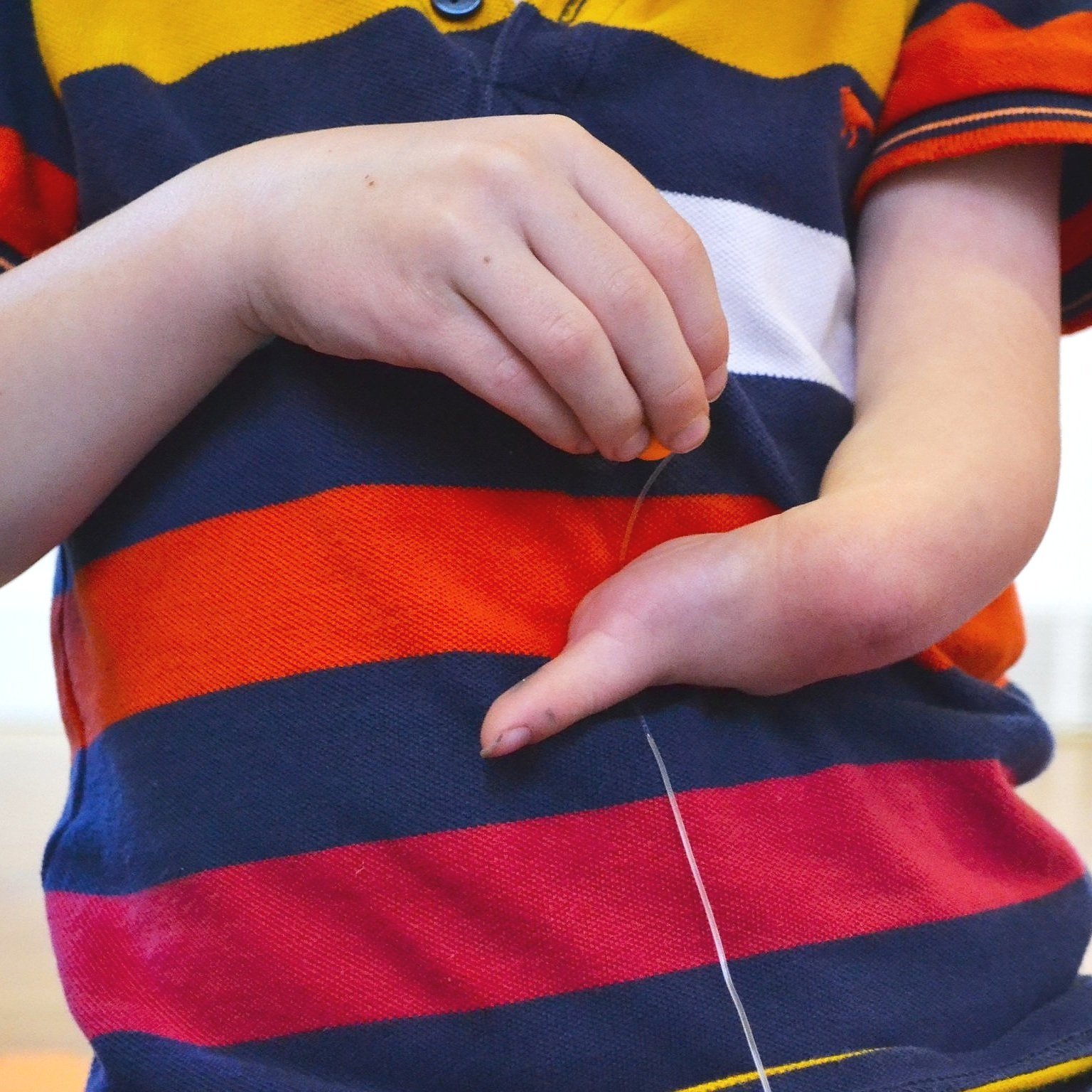Brain development in children with upper limb differences
How does your child’s brain support their unique motor skills? We know that adults born with a limb difference repurpose parts of the brain to support the use of different body parts, e.g. feet or mouth. When do these kinds of neural differences emerge?
To explore this, 16 limb-different children and 16 limb-different adults took part in an fMRI neuroimaging study. We looked at how their brains responded when different body parts were touched, helping us to understand how the brain adapts to limb difference.
Findings:
Compared to a sample of limb-typical participants, we found widespread reorganisation of the entire area of the brain that responds to touch on the body.
In limb-different participants, the area that typically supports hand function instead supported alternative body parts (e.g. arm, torso, feet).
For the first time, we showed that this kind of brain reorganisation was present in children as young as 5 years old. That suggests that the brain of a child with a limb difference rewires itself early—perhaps in the womb or infancy—and is already prepared to support alternative behaviours.
We also showed some role of childhood experience. There were continued small changes to the brain between 5-7 years old and adulthood. Brain changes were also related to the alternative motor strategies we observed.
Taken together, these suggest that childhood behaviours may support brain development, and/or brain development may encourage the use of alternative body parts in limb-different children.
The area that typically supports hand function instead supports alternative body part use. Stimulating the limb-different arm produced more activity than for the non-dominant arm of limb-typical children (difference shown as yellow/red spot).




